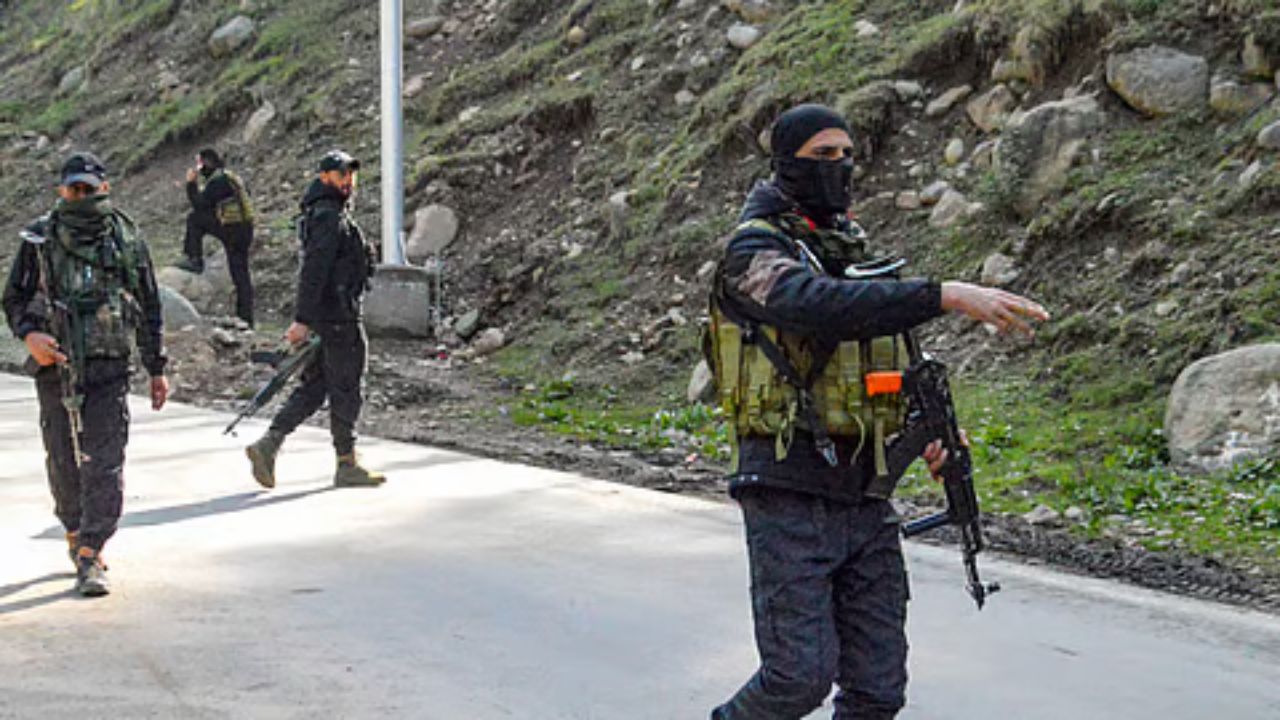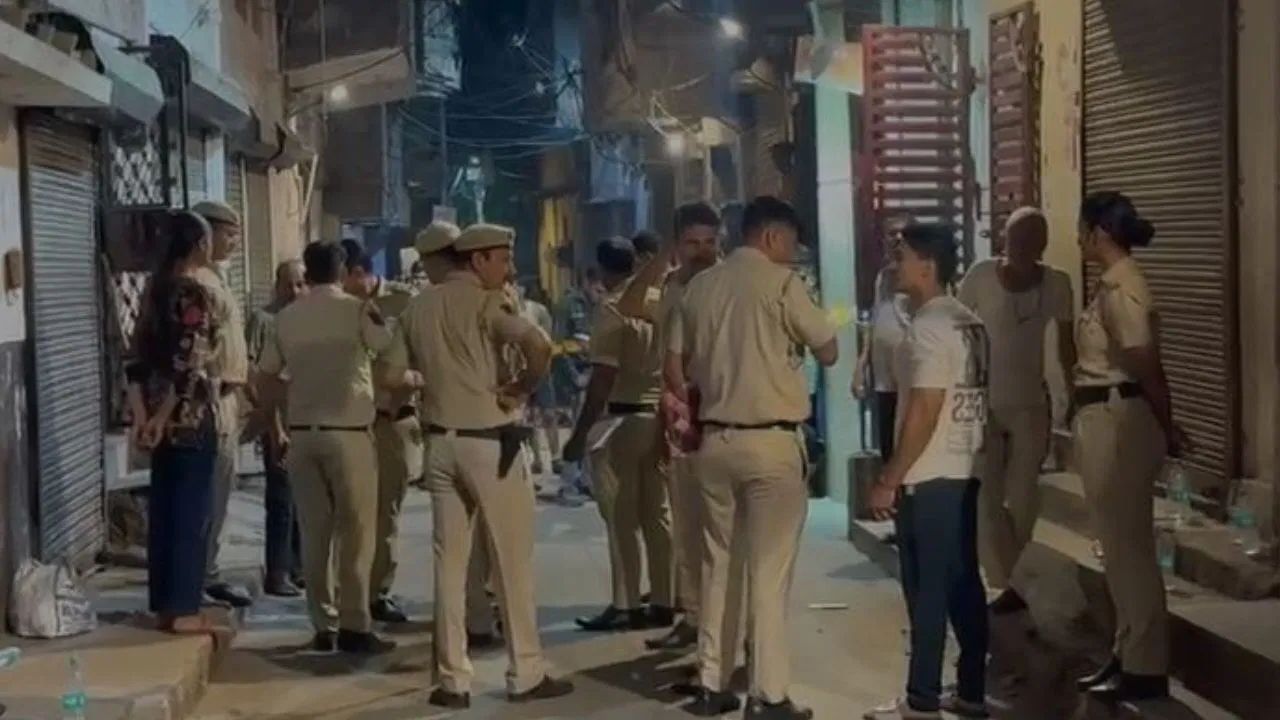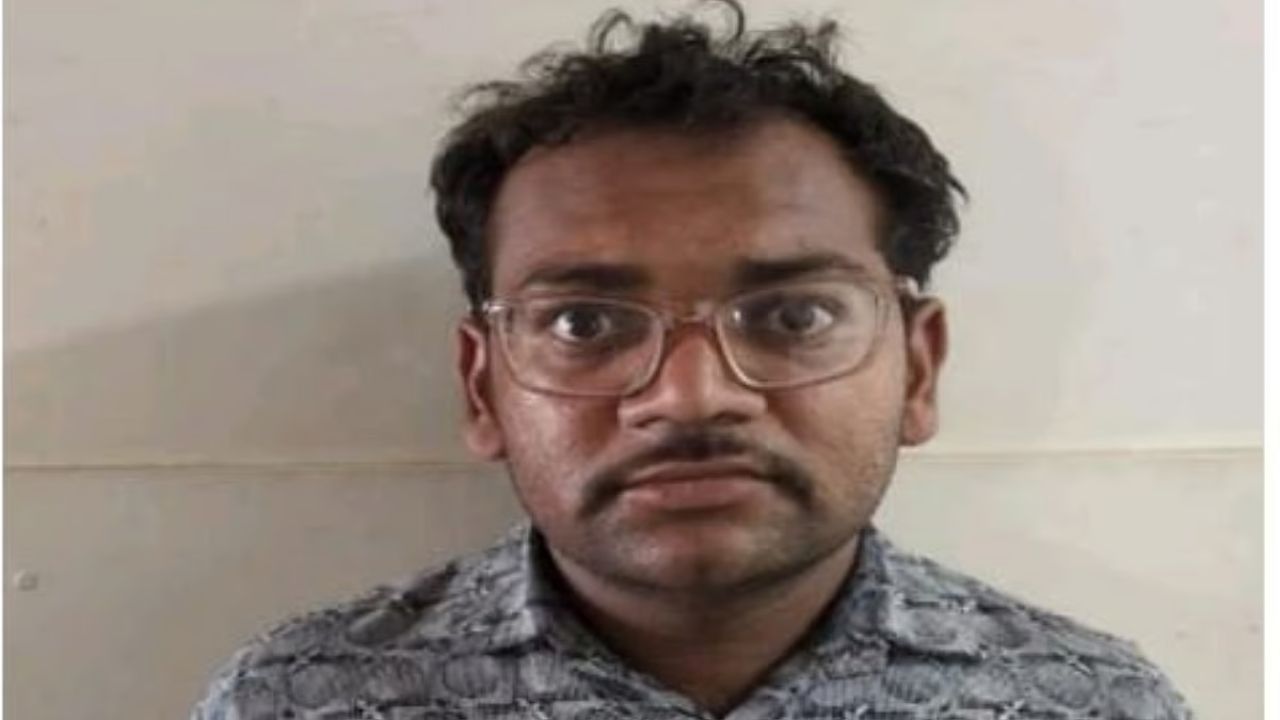Pakistan’s hand suspected through digital traces, according to investigators.
Indian Intelligence Traces Pahalgam Attackers to Pakistan Safehouses Indian intelligence agencies have traced the digital footprints of the Pahalgam attackers to safehouses in Muzaffarabad and Karachi, confirming Pakistan’s involvement in the strike and indicating the use

Indian Intelligence Traces Pahalgam Attackers to Pakistan Safehouses
Indian intelligence agencies have traced the digital footprints of the Pahalgam attackers to safehouses in Muzaffarabad and Karachi, confirming Pakistan’s involvement in the strike and indicating the use of a remote control room — a tactic reminiscent of the 26/11 Mumbai attacks, highly placed officials directly involved in the investigation revealed.
At least 26 Indian tourists — all men and predominantly Hindu — were targeted by terrorists on Tuesday, marking one of the deadliest attacks witnessed in the Kashmir Valley in recent years.
Preliminary forensic investigations and survivor testimonies have established that the five attackers were heavily armed with automatic weapons, including AK rifles, and equipped with sophisticated communication devices. Some were reportedly dressed in military-style uniforms.
“Our intercepts indicate a direct link with operatives in Pakistan. Digital trails have led us to safehouses in Muzaffarabad and Karachi, longstanding hubs for Lashkar-e-Taiba’s cross-border terror operations, orchestrated under the supervision of the Pakistan Army and ISI,” one senior official said.
Intelligence inputs further point to a broader state-backed conspiracy, with an increased push to infiltrate highly trained terrorists into India in recent months. Citing classified inputs, another senior official stated that between December and January, there were alerts about the Pakistan Army and ISI facilitating the infiltration of Lashkar-e-Taiba and Jaish-e-Mohammad operatives through the Line of Control (LoC) and International Border (IB).
In response, the National Investigation Agency (NIA) conducted extensive searches in Jammu and Kashmir through February and March to track down these infiltrators and their overground networks.
It is believed that once inside India, these terrorists received logistical support from local overground workers who provided them shelter, food, money, and guided them to strategic locations.
In a statement issued in March, the NIA confirmed that infiltrated terrorists had managed to reach districts including Kathua, Udhampur, Doda, Kishtwar, Reasi, Rajouri, Poonch, and the Kashmir Valley itself.
A senior intelligence official in Kashmir estimated that around 55 to 60 highly trained foreign terrorists are currently active in the Valley.
According to another officer, the ISI has supplied these operatives with the offline version of Alpine Quest, a navigation app commonly used by professional trekkers. “We have credible information that the ISI shared data on Indian security forces’ camps, convoy routes, and barricade positions with these terrorists through the app,” he said, adding that encrypted radio communication devices connected to servers in Pakistan were also being employed.
A third officer noted that these terrorists typically remain in mid-altitude forested ridges, steering clear of lower areas to evade detection.
In the wake of the Pahalgam attack, the Centre has reportedly directed the Border Security Force (BSF) and Army to intensify counter-infiltration operations along the borders.





